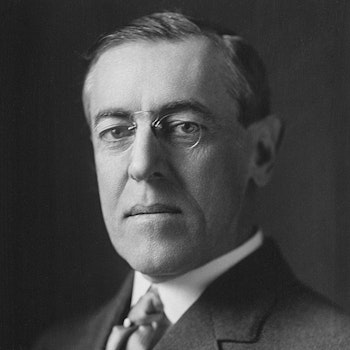The Papers of Woodrow Wilson, Volume 15: 1903-1905


Hardcover
- Price:
- $170.00/£142.00
- ISBN:
- Published:
- May 21, 1973
- Copyright:
- 1973
- Pages:
- 656
- Size:
- 6 x 9.25 in.
- Main_subject:
- History
The Papers of Woodrow Wilson is the first comprehensive edition of the documentary record of the life and thought of the twenty-eighth President of the United States and the first full scale edition of the papers of any modern American president.
This volume finds Wilson beginning the second year of his presidency of Princeton University, moving boldly to institute several significant reforms. First he wrests the power of appointment of faculty members from the Curriculum Committee of the Board of Trustees and vests it in his own and the faculty’s hands. Second he organizes the teaching staff into well-defined departments, thereby ending a long-standing administrative anarchy. Next Wilson undertakes a thoroughgoing revision of the undergraduate course of study. It was one of the notable curricular reforms in the history of higher education in the United States and a milestone in the development of Princeton University. Throughout, Wilson is acting in accord with an educational philosophy formerly inchoate and now coming to first maturity in his mind.
A notable feature of this volume is the variety of the documents that it contains. There are sermons, addresses on educational theory and method, and annual reports to the Board of Trustees. The diary that Wilson kept from January 1 through February 13, 1904, is printed herein for the first time, as are materials relating to the most controversial and difficult act of his early Princeton presidency-his dismissal of Arnold Guyot Cameron as Woodhull Professor of French. Mrs. Wilson made a highly eventual two-month tour of Italy in the Spring of 1904. Her letters to her husband detail a vivid view of the Italy of that day, while Wilson’s letters to her reveal much about his personal life and ongoing affairs of the university. Of particular interest also are the numerous “begging” letters that he wrote in a successful effort to meet a serious deficit in the university’s budget and others that reveal his leading role in the architectural development of Princeton.
